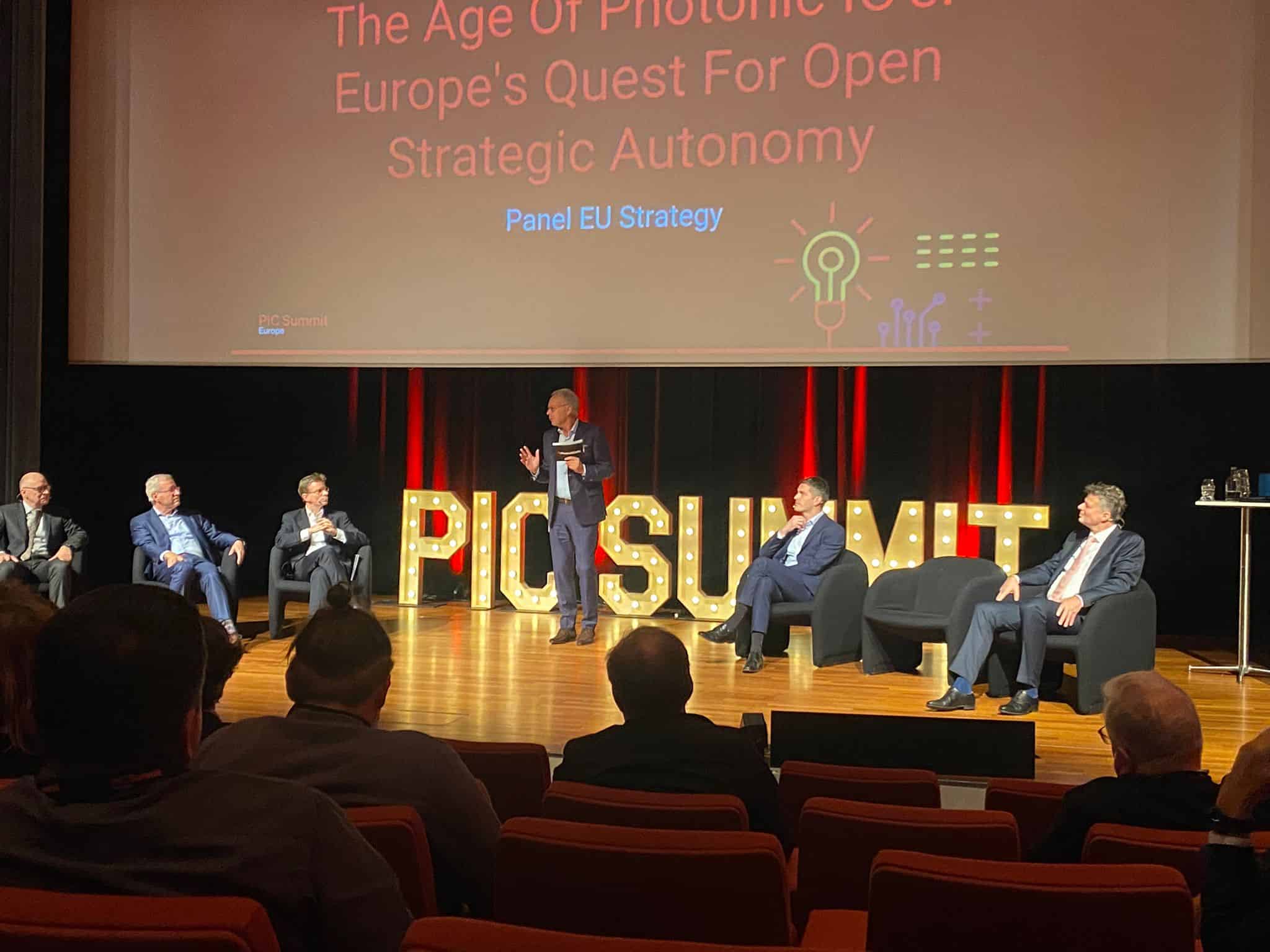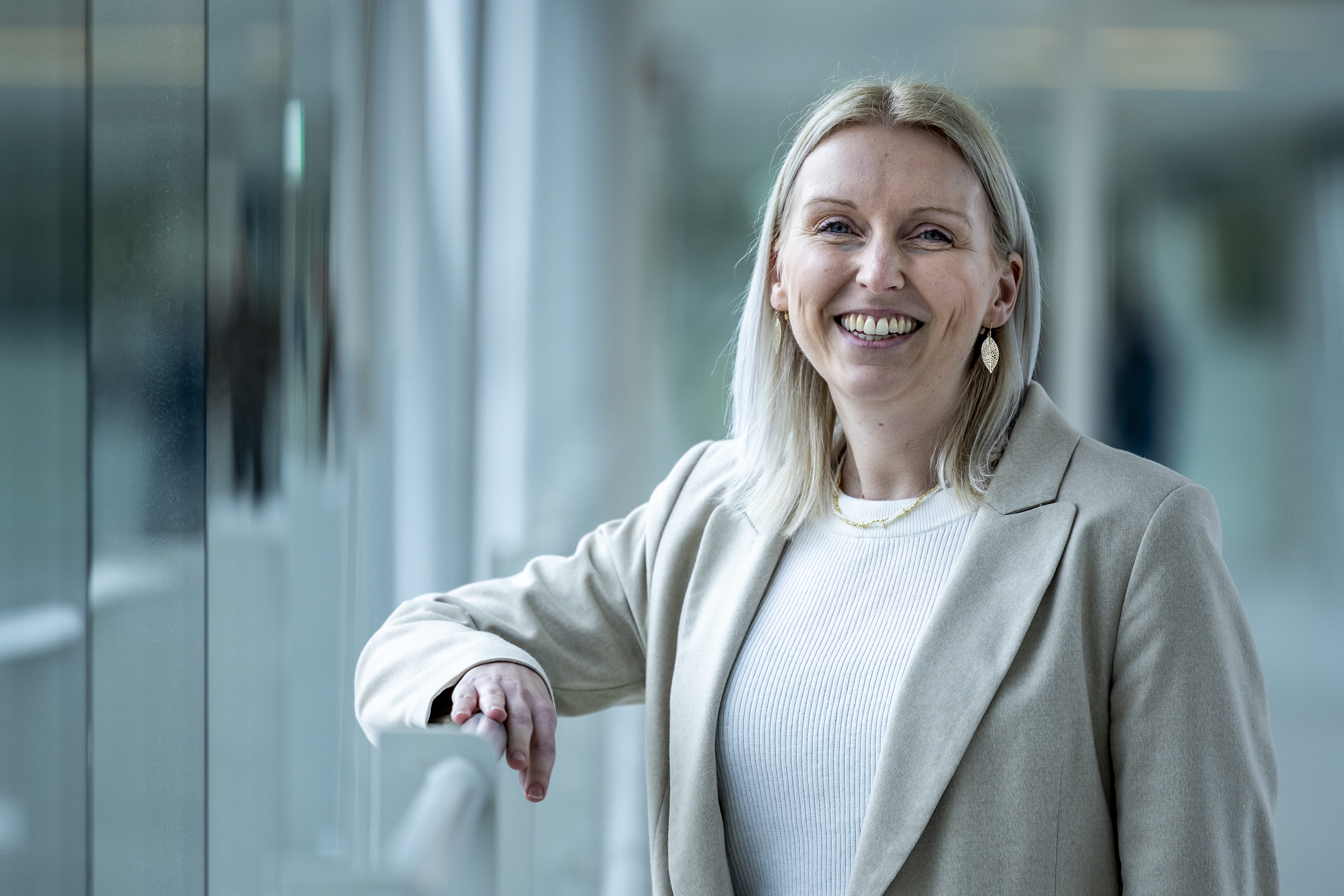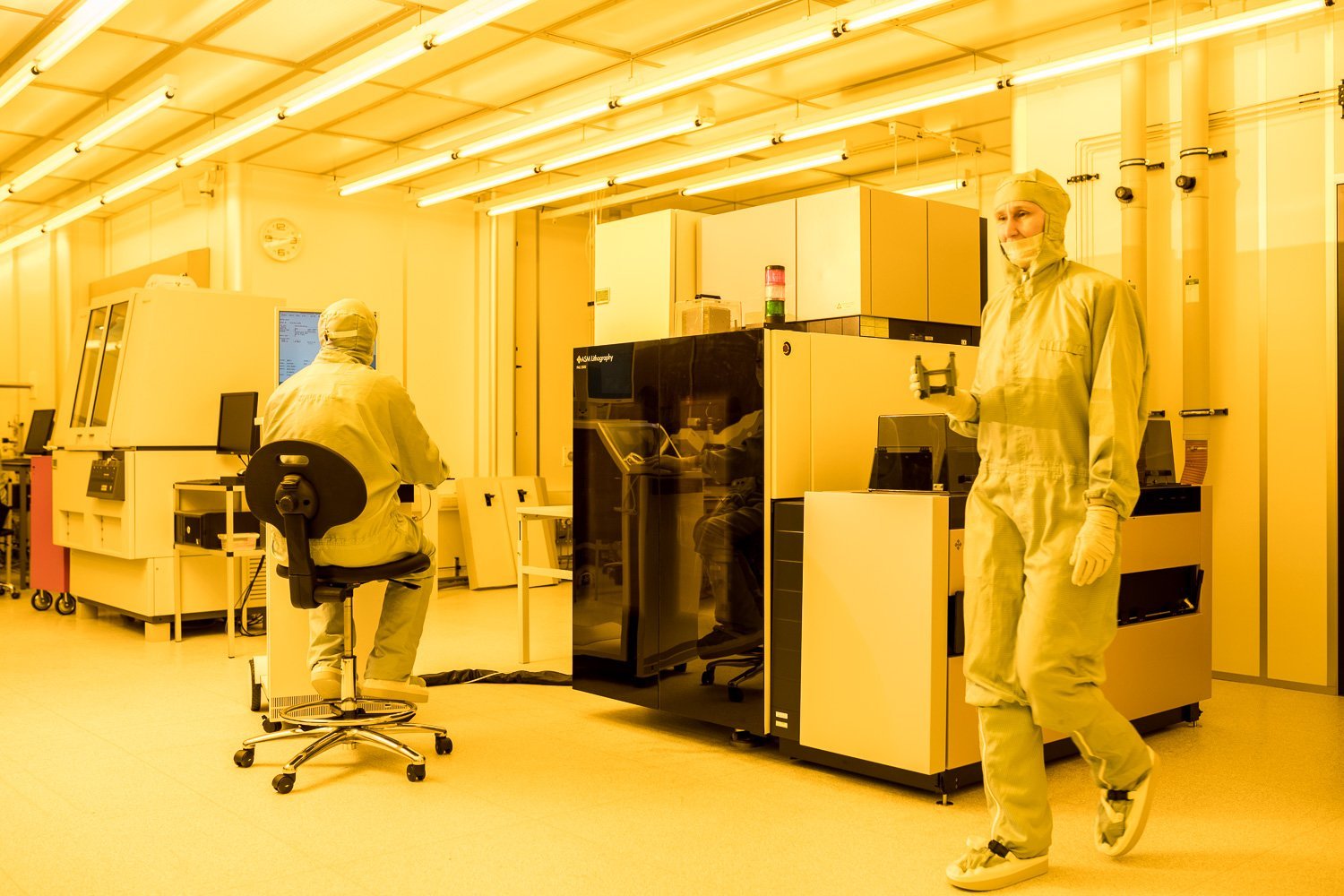
Anyone who thinks of space travel does not immediately think of Eindhoven. A shame, because there is a lot of expertise in the region, for instance in the field of photonics. And space travel can make smart use of that. TU/e student team Aster wants to put Eindhoven on the map by means of its own satellite, with which they will test photonic applications. We spoke to Tijs Henselmans, team manager of Aster. “We have even built our own ground station.”
Why you need to know this:
Student team Aster has an ambitious goal: to put Eindhoven on the map in the world of space exploration.
Developments in the space industry are currently moving at a rapid pace. An important new development is the use of photonic components instead of traditional electronics. Photonics, for instance, provides faster and more reliable communication systems on board spacecraft, and helps develop lightweight and low-energy sensors and chips for exploring distant planets.
Developments in the field of satellites are also moving at lightning speed. The Netherlands has had a leading global position in climate monitoring from space for some 40 years.
What is photonics?
Photonics is a field that focuses on the use of light particles (photons) for various technological applications. Light is used to process, transport and manipulate information. Thus, information processing is faster than with traditional electronic systems.
Bringing space travel to Eindhoven
Space is not directly associated with Eindhoven. It is, however, associated with TU Delft, which offers courses related to space. Henselmans thought it was time to change this and, together with others, founded Aster in Space. TU/e offers courses in electrical engineering, mechanical engineering and computer science. So there is a lot of knowledge here that can be very useful in space research.” Moreover, Eindhoven is far advanced in photonics, AI and wireless systems. “Companies like ASML, NXP and VDL are all developing promising technology, which so far are not often taken to space.”

A CubeSat
The team is currently busy developing a so-called cubic satellite (CubeSat): a small satellite the size of a milk carton. It will be used to investigate photonics applications. Its compact size (10x10x30cm) makes it suitable to be sent along on space missions at low cost.” From start to finish, we will design and build the entire satellite ourselves, including all subsystems. Think, for example, of a system for the antenna. The project began two years ago. Currently, the team is drafting requirements, a mission statement and specifications. “The Netherlands Aerospace Centre is one of our main partners in this project. We also have networking drinks at ESA, where we gain the necessary contacts and knowledge.”
Photonic systems
Using the CubeSat, the team is investigating various applications. For instance, the satellite contains photonic systems developed by the company PhotonFirst. Henselmans: “The aim of this research is to understand how these chips react to extreme conditions in space, such as vacuum and radiation. One of the objectives of these sensors is to detect the effects of micrometeorites or space debris hitting a spacecraft.”
A ground station
The satellite is a long-term project. Meanwhile, the students are developing their own ground station so they can communicate with the CubeSat, as well as with other spacecraft. The station is nearing completion and will be installed on the roof of Vertigo building on the university campus.
Lots of coffee, little sleep
Henselmans and his team won’t have to be bored in the near future. “At the moment, we are preparing for a test next summer in which we want to test with a weather balloon, a prototype of the cubesat, in the stratosphere in extreme conditions, which will help develop the final model. I am currently working almost full-time for Aster in Space while also taking subjects for my studies,” he says. “You can imagine I need an extra cup of coffee now and then. I don’t always achieve those eight hours of sleep a night,” he says, laughing.
But all for a good cause. If everything goes according to plan, an Eindhoven-based satellite will be floating through space in five years’ time. “And that’s how we put the region on the map in the space sector. I’m quite proud of that,” the student concludes.








